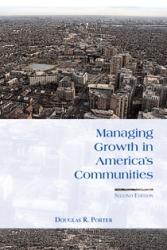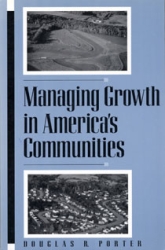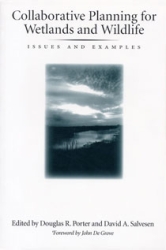
Douglas R. Porter
Douglas R. Porter is a consultant on land use planning and policy issues based in Chevy Chase, Maryland. He has written numerous books and documents for both ULI and APA. Anthony Downs at the Brookings Institution refers to Porter as “one of the nation’s leading experts in growth management.”




